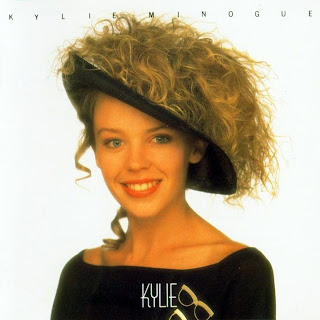Newspaper pricing, health, calculus and confidence
The Economist's underrated Free Exchange blog asks: Can behavioural economics save newspapers? Of course the Economist itself is famous for designing a multi-product framing approach (see the first chapter of Dan Ariely's Predictably Irrational for details) which successfully biases customers to switch to a higher priced subscription. The phenomenon they describe is either a good example of price discrimination (a commenter suggests environmental benefits), or a clear instance of cognitive bias. Perhaps it's both.
While you're visiting Free Exchange, they also link to Alex Tabarrok discussing QALYs. I went to a lecture by Tony Atkinson at the RSA last week which discussed this issue. The conversation there was about how to value health outcomes as a component of GDP (and by extension, government services in general - which in the US are valued at cost, but in Europe are valued by an output measure which is meant to estimate their value). One approach is to attempt to measure consumers' willingness-to-pay for health services and value the output of a public health system accordingly. Appealing in theory, but difficult to measure accurately what people would really pay for a treatment. Another is to calculate the notional value of QALYs, combined with some measure of customer experience of the health service process itself.
An audience member asked the following interesting question. Does it really make sense to give any significant weight to the consumer experience during the treatment when this is likely to be vastly outweighed by the long-term outcomes? No matter how terrible or painful that two-week stay in the cancer ward...if it gives you six months more of high-quality life, surely that's what matters?
And yet, imagine we offer people a choice between the following two treatments:
This is just plain funny (and very geeky).
Finally, going back a few months, here is a nice Lucy Kellaway column about economic confidence and the Internet. And on the same topic more recently, James Hamilton at Econbrowser casts a little doubt on the idea that we can be confident because we are confident. But that idea is more valid than it might seem - there can clearly be multiple equilibria in an economy, and it's a major open question how far apart and how stable these equilibria can be.
I am going to revisit this topic in the context of debt and economic restructuring - as I'm seeing more and more the idea that the economy cannot recover until there is a fundamental shift away from finance and business services, and towards "productive activity". This assertion definitely needs more analysis - my instinct is to reject it but it deserves a fair trial. I will be back to it soon.
While you're visiting Free Exchange, they also link to Alex Tabarrok discussing QALYs. I went to a lecture by Tony Atkinson at the RSA last week which discussed this issue. The conversation there was about how to value health outcomes as a component of GDP (and by extension, government services in general - which in the US are valued at cost, but in Europe are valued by an output measure which is meant to estimate their value). One approach is to attempt to measure consumers' willingness-to-pay for health services and value the output of a public health system accordingly. Appealing in theory, but difficult to measure accurately what people would really pay for a treatment. Another is to calculate the notional value of QALYs, combined with some measure of customer experience of the health service process itself.
An audience member asked the following interesting question. Does it really make sense to give any significant weight to the consumer experience during the treatment when this is likely to be vastly outweighed by the long-term outcomes? No matter how terrible or painful that two-week stay in the cancer ward...if it gives you six months more of high-quality life, surely that's what matters?
And yet, imagine we offer people a choice between the following two treatments:
- a special high-tech "keyhole" treatment in a BUPA hospital, including luxury accommodation in a private ward, a painless operation and release in five days: which is statistically expected to result in eleven years of survival;
- an NHS treatment in a dirty, noisy shared ward, with a painful operation requiring a two-week stay, and a two-month waiting list; but statistically likely to permit twelve years of survival.
This is just plain funny (and very geeky).
Finally, going back a few months, here is a nice Lucy Kellaway column about economic confidence and the Internet. And on the same topic more recently, James Hamilton at Econbrowser casts a little doubt on the idea that we can be confident because we are confident. But that idea is more valid than it might seem - there can clearly be multiple equilibria in an economy, and it's a major open question how far apart and how stable these equilibria can be.
I am going to revisit this topic in the context of debt and economic restructuring - as I'm seeing more and more the idea that the economy cannot recover until there is a fundamental shift away from finance and business services, and towards "productive activity". This assertion definitely needs more analysis - my instinct is to reject it but it deserves a fair trial. I will be back to it soon.

Comments
I wish folks would understand that better.